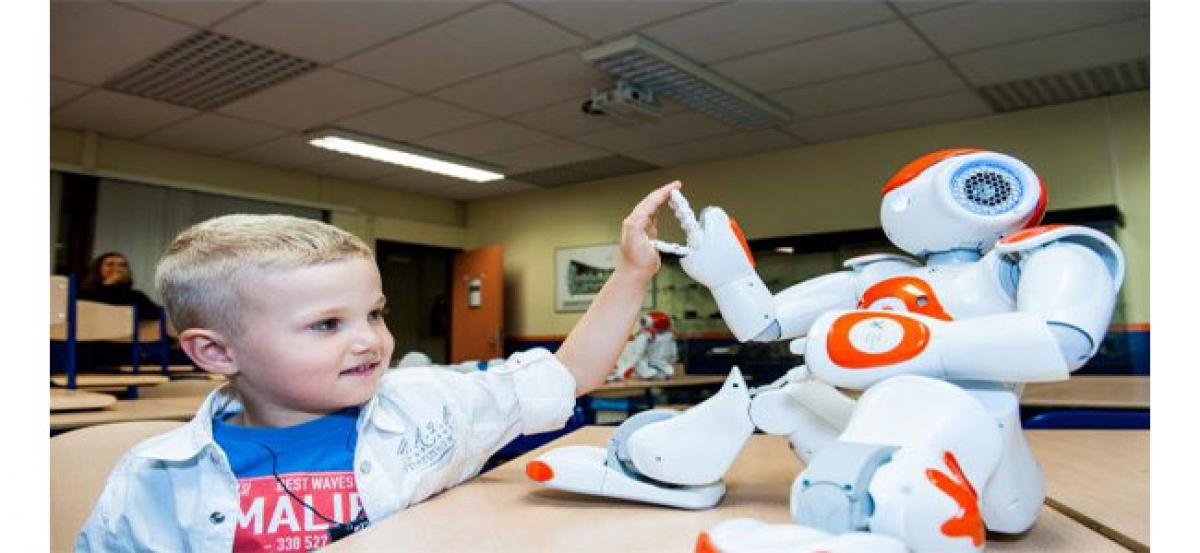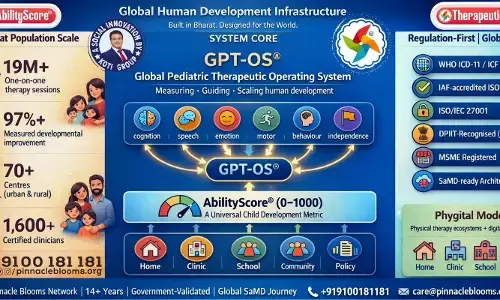Scientists develop ‘deep learning’ robots to empower autistic children

MIT scientists have developed a new type of \"deep learning\" network that can aid robots gauge the quality of their interactions with children having autism spectrum conditions by using data unique to each child.
New York : MIT scientists have developed a new type of "deep learning" network that can aid robots gauge the quality of their interactions with children having autism spectrum conditions by using data unique to each child.
Autism spectrum disorder is a condition related to brain development that impacts how a person perceives and socializes with others, causing problems in social interaction and communication. The term "spectrum" in autism spectrum disorder refers to the wide range of symptoms and severity. Armed with personalised "deep learning", the child-friendly robot NAO can smoothly estimate the engagement and interest of each autistic child, using data unique to that particular individual, based on a study performed on 35 autistic children.
The new development can make their lives easier. The robot's perception of the children's responses agreed with assessments by human experts, with a correlation of 60 per cent, according to the scientists. "The challenge of creating machine learning and AI [artificial intelligence] that works in autism is particularly vexing, because the usual AI methods require a lot of data that are similar for each category that is learned. In autism where heterogeneity reigns, the normal AI approaches fail," said Rosalind Picard, co-author of the study.
The robot-assisted therapy involves a human therapist showing flash-cards of different faces expressing different emotions, like happiness, sadness, fear and a programmed robot or NAO, which shows the same emotions to the child. The therapist observes how the child engages with the robot and gets feedback on how the lesson is to be taken further. NAO is a two feet tall robot resembling an armoured superhero or a droid, which conveys different emotions by changing its eye colour, limb-motion and the "Also, humans change their expressions in many different ways, but the robots always do it in the same way, and this is less frustrating for the child because the child learns in a very structured way how the expressions will be shown," he said.
In addition to being personalised, the system created by these researchers involves deep learning powered by AI. Deep learning has been used in automatic speech and object-recognition programmes, making it well-suited for a problem such as making sense of the multiple features of the face, body and voice that go into understanding a more abstract concept such as a child's engagement.

















